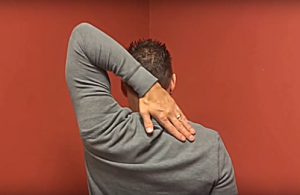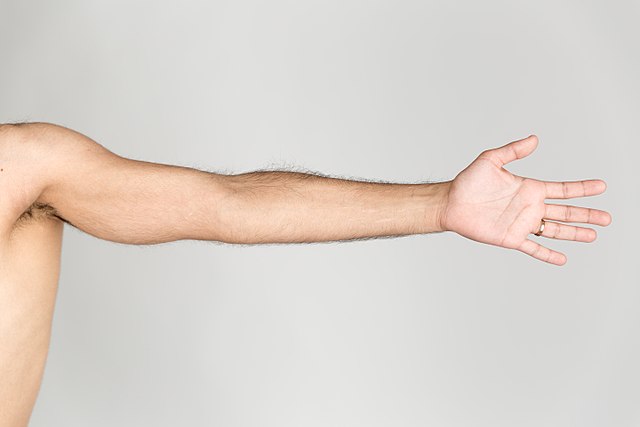Why is my shoulder, arm, or hand tingling? What do I do about it?
There are many reasons why you might be getting numbness or tingling sensations in your arm. You have nerves that exit from your cervical spine (neck) and travel the entire length of your arm. At any point along that nerve, you might experience compression of your nerves. The following is a list of possible reasons or structures that could be causing numbness or tingling:
cervical radiculopathy (nerve compression at your cervical spine), thoracic outlet syndrome (compression at your pectoralis minor muscle, scalene muscles, compression between your first rib and collar bone, compression from a tight anterior capsule of your shoulder), cubital tunnel syndrome (compression of the nerve at your elbow), carpal tunnel syndrome (compression at your wrist), and from trigger points of certain rotator cuff muscles.
Today, I will go over one quick self-treatment that works great and provides relief fast! Keep in mind, this may not work for everyone since the list of possible causes of numbness is so vast.
Who is most likely to benefit from this treatment?
– If you have difficulty reach behind your back
– If you have tenderness while pushing on the back side of your shoulder blade.
– If you don’t have atrophy/weakness, and your nerve reflexes are normal.
– If you can rule out any of the other conditions listed above.
Pressure Point/Trigger Point Release Technique
As far as equipment goes, all you need is a lacrosse ball or tennis ball to help perform the massage technique. What you want to do is place the ball on the back side of your shoulder blade and gently squish it between you and your body.
Part 1: In the first part of this technique, look for a sore or tender spot. Many people refer to this as a knot. Find the worst or most painful knot.
Part 2: Gently massage the knot by leaning against the ball and into the wall. I want to emphasize that this should be performed gently. Move the ball in a crisscross pattern directly on top of the sore spot. Do this for 1-2 minutes.
Part 3: Stop massaging, but maintain a constant and gentle pressure over the sore knot. As the pain and tingling start to subside, gradually add a little more pressure. Repeat this process until you get your desired result.
If you have questions, or if this technique didn’t work for you, please give us a call at 719-565-6678 or come to one of my Free workshops so we can help find the root cause of your problem and get you back to what you enjoy doing.
